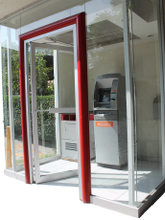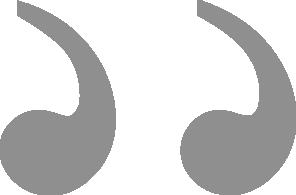Money
Because of the Foreign Account Tax Compliance Act (FACTA), a US law that has global implications, the way that financial transactions are handled in San Miguel has changed greatly since 2013.
Although there are exceptions, as of this writing the number of restaurants, hotels, businesses and exchange
houses who will take personal checks or even US dollars (cash) is dwindling fast, since the rules governing whether they can deposit or convert the money easily are still in flux.

Credit cards and pesos (cash) are still widely accepted. Pesos can be easily obtained from one of the many ATM machines using a credit or debit card. Although you may pay with US dollars in some of San Miguel's hotels, restaurants and stores, the exchange rate they will give you is less than favorable.
When in San Miguel, you're going to need a lot of pesos because many restaurants and stores do not take credit cards. To get pesos, most people rely on ATM machines. However, you'll want to be
 aware of
associated fees
and our
suggested
precautions.
aware of
associated fees
and our
suggested
precautions.
Before you come
to San Miguel,
check with your
bank(s) to make sure you
know what you will be charged
for using your ATM card in Mexico. Some US and Canadian banks have cooperating agreements with specific Mexican banks, so as long as you withdraw your money at the cooperating bank, your hometown bank will charge you a lesser fee or none at all.
However, if the banks you use don't have agreements with Mexican banks, you'll want to determine your bank's fees before you come. Banks may charge anywhere from 1% to 3% on each transaction.
You may also want to ask them how the exchange rate is calculated,as this can vary substantially from bank to bank.
Unfortunately, like many other international tourist destinations, San Miguel de Allende occasionally attracts various types of scam artists, including those who will attempt to clone your credit and/or ATM cards.
These thieves will insert a very thin card reader, invisible to the untrained eye, into an ATM machine to capture the data off of every card that is subsequently inserted and use this data either locally or even internationally. Although most credit card companies and banks do not hold the cardholder liable, it can be a huge hassle to clear this up, especially if a bank account is emptied. You can save yourself a lot of trouble by taking some simple precautions.
1. Disconnect Your Accounts There was a time when I had several accounts at the same bank that were all connected. By using my ATM card I could see the balance of each of the various accounts and transfer
money from one to the other. After hearing of others having their cards cloned, I spoke to the fraud manager at my bank, who suggested that I disconnect the accounts. He explained that it is not uncommon for thieves to gain access to someone's primary debit account with a PIN, transfer all of that person's savings and investments into that primary account and then drain it. Don't let this happen to you!
With my bank, it was fairly easy to disconnect my accounts. Now, when I log into my account online I can still see all of the accounts and make transfers; I just can't do it with my debit card any more.
2. Keep A Low Card Balance Keep the balance on your debit card relatively low, and when necessary, transfer money online. This way, if your card does get cloned, at least the thieves are only going to get a few hundred dollars.
3. Go Inside The Branch Although it is not unheard of for an ATM machine inside a bank branch to be cloning cards, it is a lot less common. Thus, we recommend using one of these ATM machines rather than one that is outside and as such, less secure.
 |
Clients Talk About...
I just wish to express my satisfaction
with the service of Realty San
Miguel on the sale of my home....
Within 3 weeks of the listing of my
house by Gloria Farias, one of the
agents, there was a firm offer.
Carol C. |


